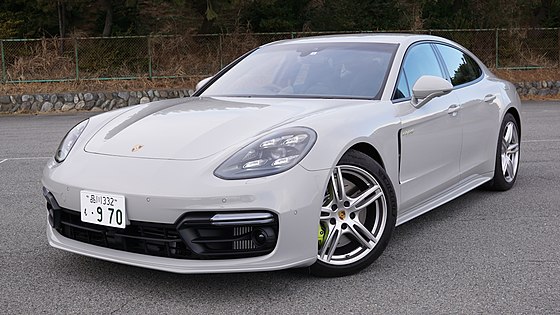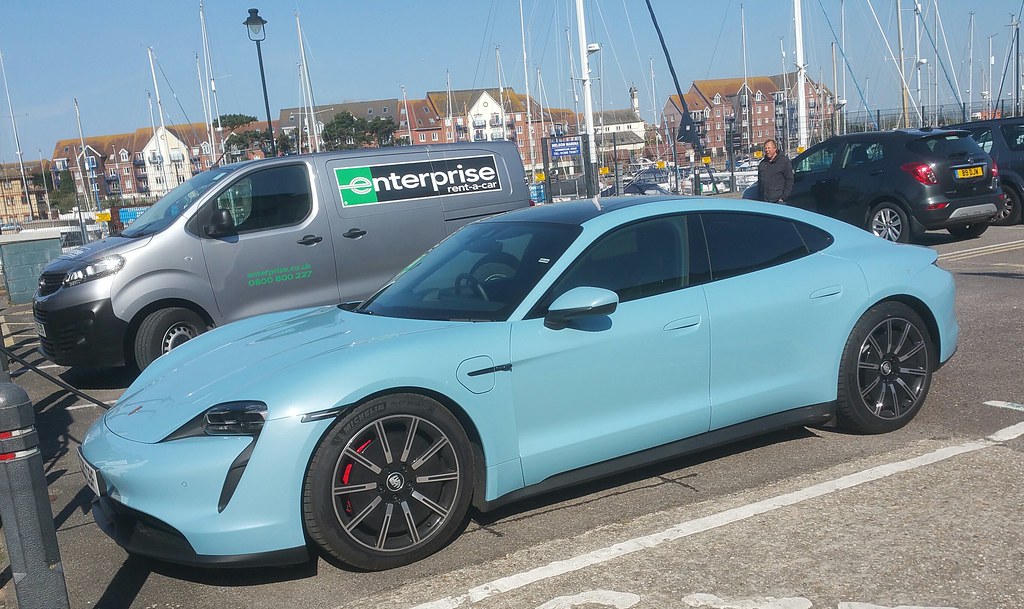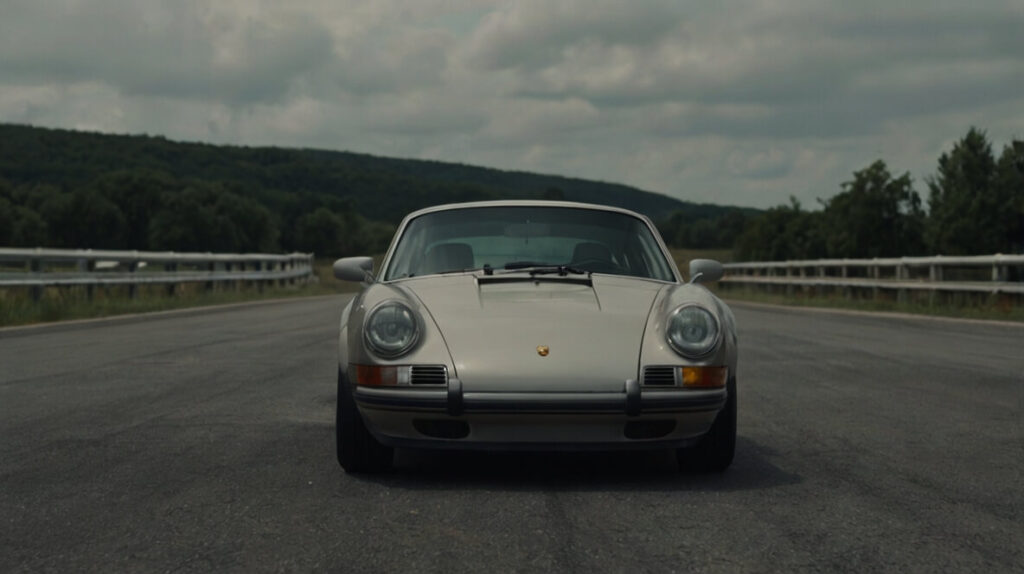Porsche History
Porsche is more than just a name in the automotive world; it’s a symbol of engineering excellence, luxury, and innovation. The story of Porsche history is a captivating journey that spans over nine decades, characterized by a relentless pursuit of perfection and a deep commitment to performance. Founded in 1931 by Ferdinand Porsche in Stuttgart, Germany, the company initially focused on vehicle development consulting, working on projects that would lay the groundwork for future automotive advancements.
It wasn’t until 1948 that Porsche made its mark with the introduction of the iconic Porsche 356, designed by Ferdinand’s son, Ferdinand “Ferry” Porsche. This groundbreaking vehicle showcased the brand’s dedication to quality and performance, setting the stage for its future success. The 356 not only won over driving enthusiasts but also began to establish Porsche as a name synonymous with high-performance sports cars.
As we explore Porsche history, it’s impossible to overlook the significance of the legendary Porsche 911, which was launched in 1964. This model became an enduring symbol of automotive excellence, admired for its distinctive design and exceptional handling. The 911 quickly gained popularity on racetracks around the globe and among everyday drivers who appreciated its thrilling performance. With its rear-engine layout and sleek silhouette, the 911 has become an icon in its own right, with generations of models evolving while retaining the spirit of the original.
Over the decades, Porsche has continued to innovate, embracing new technologies and design philosophies. From the introduction of turbocharging in the 1970s to the development of hybrid models like the Porsche 918 Spyder, the brand has consistently pushed the boundaries of what a sports car can be. Each new model reflects Porsche’s commitment to quality, performance, and driving pleasure.
In this article, we’ll dive into the rich tapestry of Porsche history, exploring its evolution over the years and how it has established itself as one of the most revered names in the automotive industry. We’ll highlight key milestones, influential figures, and the unique characteristics that define Porsche vehicles. Whether you’re a lifelong fan or new to the brand, understanding Porsche history offers valuable insights into what makes this automotive legend so special. So buckle up as we take a thrilling ride through the legacy of Porsche!
4o mini
The Early Days: The Birth of a Legend

Porsche history begins in 1931 when Ferdinand Porsche, a visionary engineer with a passion for automotive design, founded Dr. Ing. h.c. F. Porsche GmbH in Stuttgart, Germany. Unlike most automotive companies, Porsche started not as a manufacturer but as a consulting firm specializing in vehicle development. Ferdinand’s expertise and innovative ideas quickly gained recognition, laying the groundwork for what would become a revolutionary brand.
In 1934, Ferdinand’s son, Ferry Porsche, began to envision a sports car that would embody the family’s engineering prowess. This dream came to life in 1948 with the introduction of the Porsche 356. Designed by Ferdinand “Butzi” Porsche, Ferry’s son, the 356 was Porsche’s first production car and marked a significant milestone in the company’s journey into automobile manufacturing. The Porsche 356 was a true game-changer, offering a remarkable blend of performance and elegance that set the tone for future models and firmly established Porsche’s reputation in the automotive industry.
As we look back on Porsche history, it’s clear that these early years were not just about creating cars—they were about crafting a legacy that continues to inspire and excite automotive enthusiasts around the world.
The Iconic Porsche 911: A Defining Moment

Porsche history took a transformative turn in the 1950s and 1960s. During these dynamic years, the company expanded its lineup and introduced several models that would become true icons in the automotive world. One standout was the Porsche 550 Spyder, celebrated for its lightweight design and exceptional performance. However, it was the launch of the Porsche 911 in 1964 that truly defined the brand’s legacy.
The Porsche 911 featured a distinctive design with its rear-engine layout and sleek, aerodynamic profile, quickly capturing the attention of enthusiasts and critics alike. It was more than just a sports car; it represented Porsche’s unwavering commitment to innovation and performance. The 911 became a symbol of the brand, evolving through the years while remaining true to its roots. Even today, it stands as a cornerstone of Porsche’s lineup, embodying the spirit of what makes the brand so special in the world of automotive excellence.
Looking back at this period in Porsche history, it’s clear that the 911 not only changed the game for Porsche but also left an indelible mark on the entire automotive landscape.
Expanding Horizons: The 924, 928, and 944
Porsche history saw significant expansion in the 1970s and 1980s as the brand sought to broaden its offerings and appeal to a wider audience. The introduction of the Porsche 924 in 1976 marked a pivotal moment, as it became Porsche’s first front-engine car. This shift away from the traditional rear-engine layout allowed Porsche to tap into new markets and attract a different kind of customer.
In 1977, the launch of the Porsche 928 further enriched the lineup. This model was notable for combining the performance characteristics of a sports car with the comfort and luxury of a grand tourer. The 928 received high praise for its innovative technology and sophisticated design, showcasing Porsche’s commitment to pushing the boundaries of automotive excellence.
Following closely, the introduction of the Porsche 944 in 1982 continued this trend of blending performance with practicality. Positioned as a more affordable option compared to the iconic Porsche 911, the 944 made the brand’s performance-oriented vehicles accessible to a broader audience.
Reflecting on this era in Porsche history, it’s clear that these models played a crucial role in shaping the brand’s identity, allowing it to reach new heights while maintaining its reputation for quality and performance.
Technological Marvels: The Porsche 959 and Beyond

Porsche history in the 1980s was marked by groundbreaking advancements in automotive technology, exemplified by the introduction of the Porsche 959. This model was nothing short of a technological marvel, showcasing features like all-wheel drive, a twin-turbocharged engine, and a sophisticated suspension system. The 959 set new benchmarks for performance and innovation, reinforcing Porsche’s reputation as a leader in automotive engineering.
As we moved into the 1990s and 2000s, Porsche continued to evolve with the introduction of exciting new models like the Porsche Boxster and the Cayenne SUV. Launched in 1996, the Boxster offered a more accessible entry point into the Porsche brand while still delivering the performance and handling characteristics that enthusiasts had come to love. It quickly became a favorite among drivers looking for that classic Porsche thrill in a more affordable package.
In 2002, the introduction of the Porsche Cayenne marked a game-changing moment for the brand. Blending Porsche’s performance heritage with the practicality of an SUV, the Cayenne appealed to a broader audience and helped Porsche navigate the challenges of a rapidly changing automotive landscape. Its remarkable success not only solidified Porsche’s financial stability but also allowed the brand to continue its commitment to high-performance vehicles.
Looking back at this era in Porsche history, it’s clear that these innovations were pivotal in shaping the brand’s future, enabling it to remain relevant and thrive in an evolving market.
A New Era: The Panamera and Taycan


As the 21st century unfolded, Porsche history took an exciting turn as the brand embraced new challenges and opportunities. The introduction of the Porsche Panamera in 2009 marked a significant move into the luxury sedan market. This model seamlessly combined Porsche’s legendary performance DNA with the comfort and sophistication expected from a high-end sedan, appealing to a fresh segment of customers who sought both speed and luxury.
In 2019, Porsche made headlines once again with the launch of the Porsche Taycan. This remarkable vehicle represented the brand’s entry into the electric vehicle market, showcasing Porsche’s commitment to sustainability and innovative technology. With its impressive performance, advanced features, and sleek design, the Taycan demonstrated Porsche’s ability to adapt to the evolving automotive landscape while remaining true to its core values of performance and excellence.
Reflecting on this era in Porsche history, it’s evident that the Panamera and Taycan not only expanded the brand’s lineup but also reinforced its status as a forward-thinking leader in the automotive industry. These models illustrate Porsche’s dedication to blending tradition with innovation, ensuring that it continues to captivate driving enthusiasts and new customers alike.
Conclusion
The journey of Porsche, from its early days as a consulting firm to its status as a global icon, is a remarkable testament to the brand’s innovation, dedication, and unwavering commitment to excellence. Each model, from the iconic Porsche 356 to the legendary Porsche 911 and beyond, tells a story of progress and achievement, reflecting Porsche’s relentless pursuit of perfection.
As we look back at Porsche history, it’s clear that every vehicle has played a vital role in shaping the brand’s identity. With each new model, Porsche has not only redefined performance but also set new standards in automotive engineering. Today, as Porsche continues to innovate and push the boundaries of what’s possible, its legacy of excellence remains strong, ensuring that the brand will inspire and captivate generations of driving enthusiasts for years to come.


Pingback: 8 Proven Tips to Extend Car Battery Life and Increase Its Longevity - VorlaxAuto